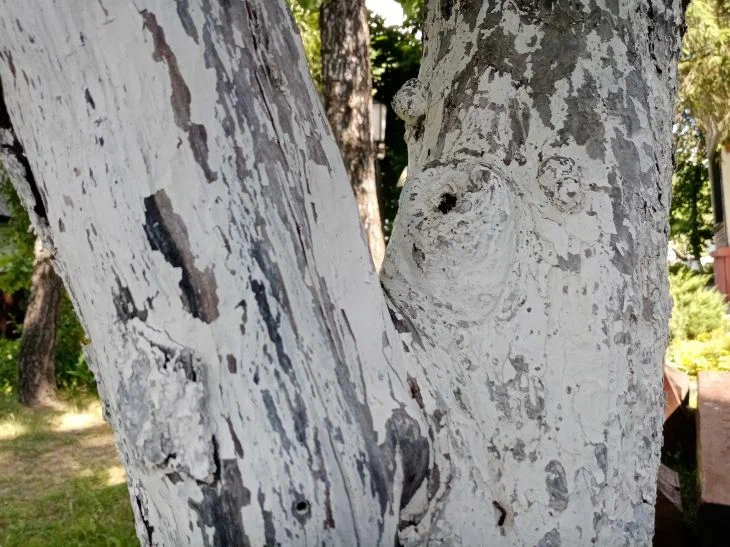Early spring is the time when trees wake up, but their bark is still vulnerable.
The sun is already warming up, but the night frosts are in no hurry to go away, and it is this temperature difference that becomes a test for the trunks.
Whitewashing trees seems like a simple task, but there are subtleties that are rarely discussed.

For example, many people whitewash their tree trunks too late, when the sun has already left burns, or use the wrong compositions, which are washed off by the first rain.
The ideal time for whitewashing is when the snow has melted, but the buds have not yet swollen. At this time, the bark is maximally protected from overheating during the day and frostbite at night.
The secret of long-lasting whitewash is in its composition. Ordinary lime diluted with water quickly cracks and crumbles.
Add PVA glue (1 cup per 10 liters of mixture) or clay to the solution - this will make the coating elastic and resistant to rain.
And to protect against pests that hide in the cracks of the bark, add copper sulfate (300 g per 10 liters).
But whitewash only adult trees! Young seedlings with smooth bark are best wrapped in light fabric or special tape - lime can clog pores and slow down growth.
And one more mistake: whitewashing only up to chest level.
In fact, it is necessary to paint not only the trunk, but also the skeletal branches up to 1.5 meters high - they are the ones that most often suffer from the sun's rays.
And if it rained after the procedure, don't be lazy to renew the layer. Remember: whitewashing is not decoration, but "clothing" for wood that saves it from stress.
